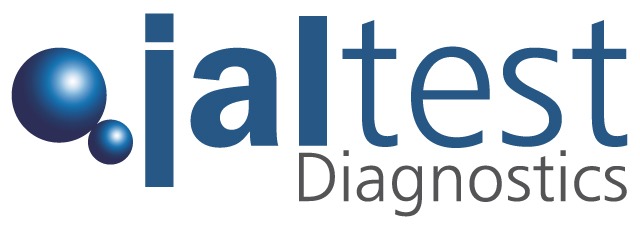A “simple” concept and a strong image: “Ideal link between real system and digital model”.
First manufacturer and distributor in France of didactic equipment intended for the automobile maintenance trainings.
Privileged schools partner throughout the world, DIDAC BDH Company took a lead in the market of the teaching equipment, thanks to:
· The constant innovation
· A very broad range of didactical training models (more than 40 references in catalogue) made in France.
· The training and teaching support. We provide with each model a dossier including a technical description, examples of practical works and results standard.
1997 DIDAC company was founded on August 1st, 1997 by three associates in the form of private company whose capital rises with 12,300 € and based in CHIRAC, Lozere. The company designs and manufactures models based on systems resulting from the world of the TRUCS (conventional pneumatic braking, the hydraulic speed reducer…).
2004 Our collection is widened towards the field of the particular vehicles by models making it possible to discover the operation of various sensors: “production and auxiliary use of energies” are directly resulting from reference frame BEP MVM going back to June 2004. The most recent models (hand drive operation gear box, mastervac and Master-cylinder…) are from the light vehicles.
2010 DIDAC BDH continues to develop in Europe and comes into the international market in 5 countries: Senegal, Sweden, Tunisia, Cameroon and Russia.
2012 Creation of the DIDAC CONCEPT Company which develops our trainings activities.
2014 DIDAC BDH Company left for Saint Denis sur Coise, Loire.
2015 Opening of the new factory and the training center in ST DENIS SUR COISE, Loire.
At present, Mr. MAURIN, general manager, is in charge of a company with seven people (three in production, a sales manager, two assistants of direction, a trainer).
Our philosophy and our values:
- The use of real components (or miniaturized) as well as the respect of their positions thus allowing to discover “at first view” the situation of the system.
- The users can be able to touch the components when that does not present any danger.
- Simulations are real what makes it possible to visualize the various phases of operation (in statics or dynamics).
- The provision of the elements must allow an easy access in order to be able to take various measurement or adjustments.
- All our training models are equipped with a “breakdown box” thus making it possible to simulate relevant dysfunctions. These models are also likely to dialogue with the diagnostic tools sold by DIDAC BDH (what makes it possible in particular to carry out adjustments and parameter settings).
- Finally all the models are delivered with a file resource of exploitation and the training files.










